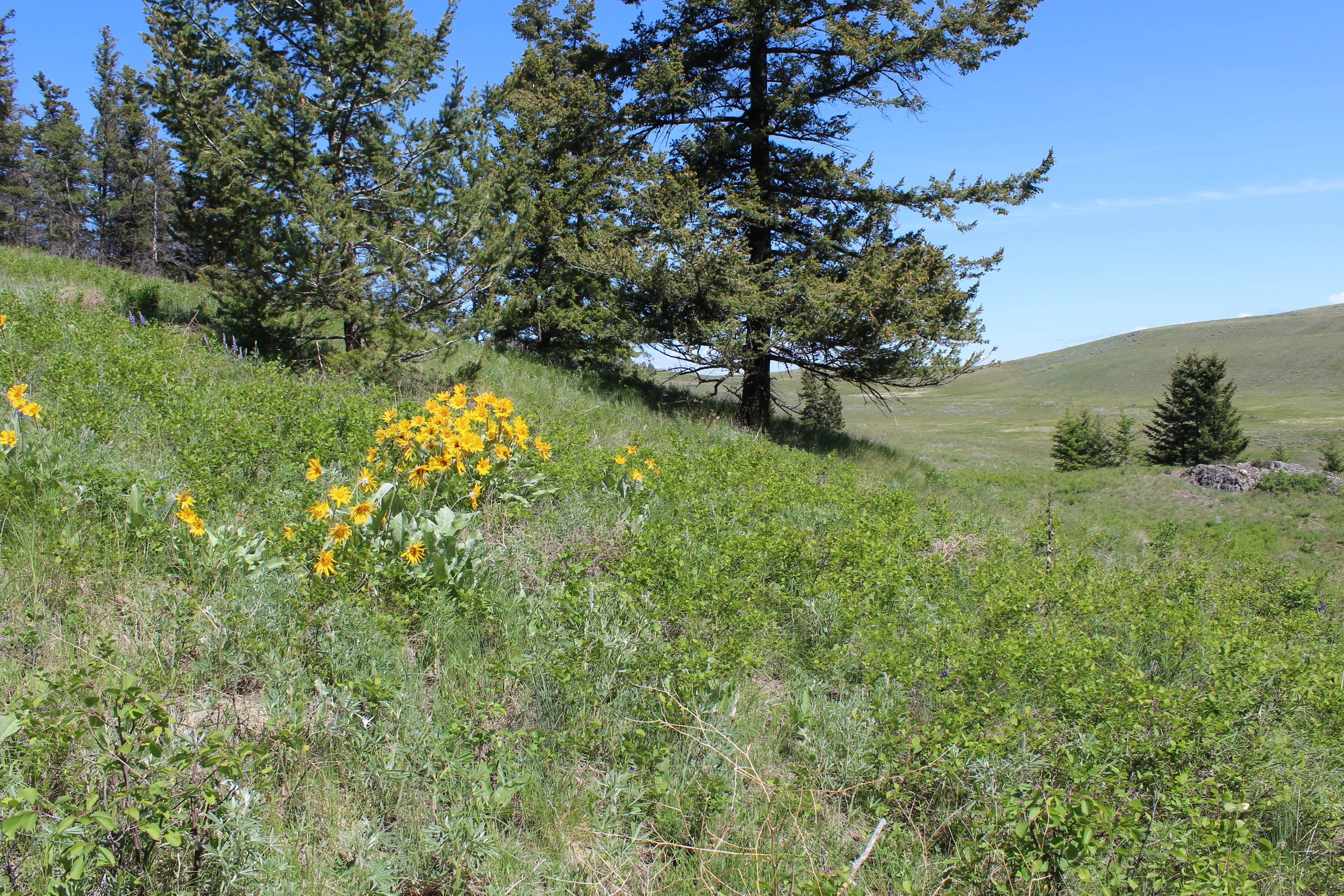The profession of field archaeology at first may seem exciting and adventurous to some, but in reality most of the time this job involves hiking seemingly endless kilometers across difficult terrain or digging an infinity of small, yet deep test pits into hard, hard ground. And it is an incredible job to have. As someone interested in stone tools and starting out in archaeology, after digging what felt like thousands of shovel tests without a single stone artifact to be found I grew bored. So I occupied myself with plants! Obviously, plants are abundant and an easy distraction while in the forest. More importantly, knowledge of plant species is a good skill for a field archaeologist to have as certain types of plants can provide information about soil conditions and drainage at a particular location (e.g., horsetail in wet areas) or whether an area has been recently disturbed (e.g., thistle, mullein). These are often referred to as indicator species.
Typically, the study of modern vegetation is associated with traditional use studies that aim to document aboriginal land use patterns. However, field archaeology can at times be an importance source of traditional use information, especially where associations between archaeological site types (such as cooking features), and modern vegetation become apparent. While not totally conclusive, it is interesting when it is possible to associate ancient cooking features with an existing patch of a traditionally economically important plant such arrow-leaf balsamroot or wild mint.
The unique semi-arid environment of the Interior is more amenable to the preservation of buried plant remains than in more temperate areas of B.C. While there is no doubt that plants were important economic resources during pre-contact times, plants are rarely found in archaeological contexts, as organic materials simply decay too fast. One of the most common indirect kinds of evidence for plant utilization in the Kamloops area are small, round cultural depressions, with blackened charcoal-stained soil and fire broken rocks: the remains of ancient earth ovens. Since many of the important edible root species had to be cooked prior to consuming, people developed the technology of hot rock cookery. This involved digging a pit in the ground, filling the bottom with hot rocks, layering the pit with tree boughs before adding the roots and finally covering with soil. The roots would then slowly roast underground for up to two days before being dug up again for consumption or for winter storage. Radiocarbon dates obtained from these cooking features provide point to the considerable antiquity of hot rock cookery in the southern interior, with sites in the Kamloops area dating to as early as 7,000 years ago. These cooking features are found all across the landscape in various settings, sometimes in clusters of several hundred or as an isolated occurrence.
While the use of earth ovens declined in the contact period, traditional use information and ethnobotanical studies document the continuing importance of a wide variety of plant species to the Secwepemc people. In my time hiking through the forests and grasslands in the surrounding area, I have come to recognize a few culturally important plants and have learned a little of their past and current uses. With beginner's knowledge of only a few of the traditionally important plant species, one can start to see the forest for what it once was: the grocery store, the pharmacy, and the hardware store all in one place.

